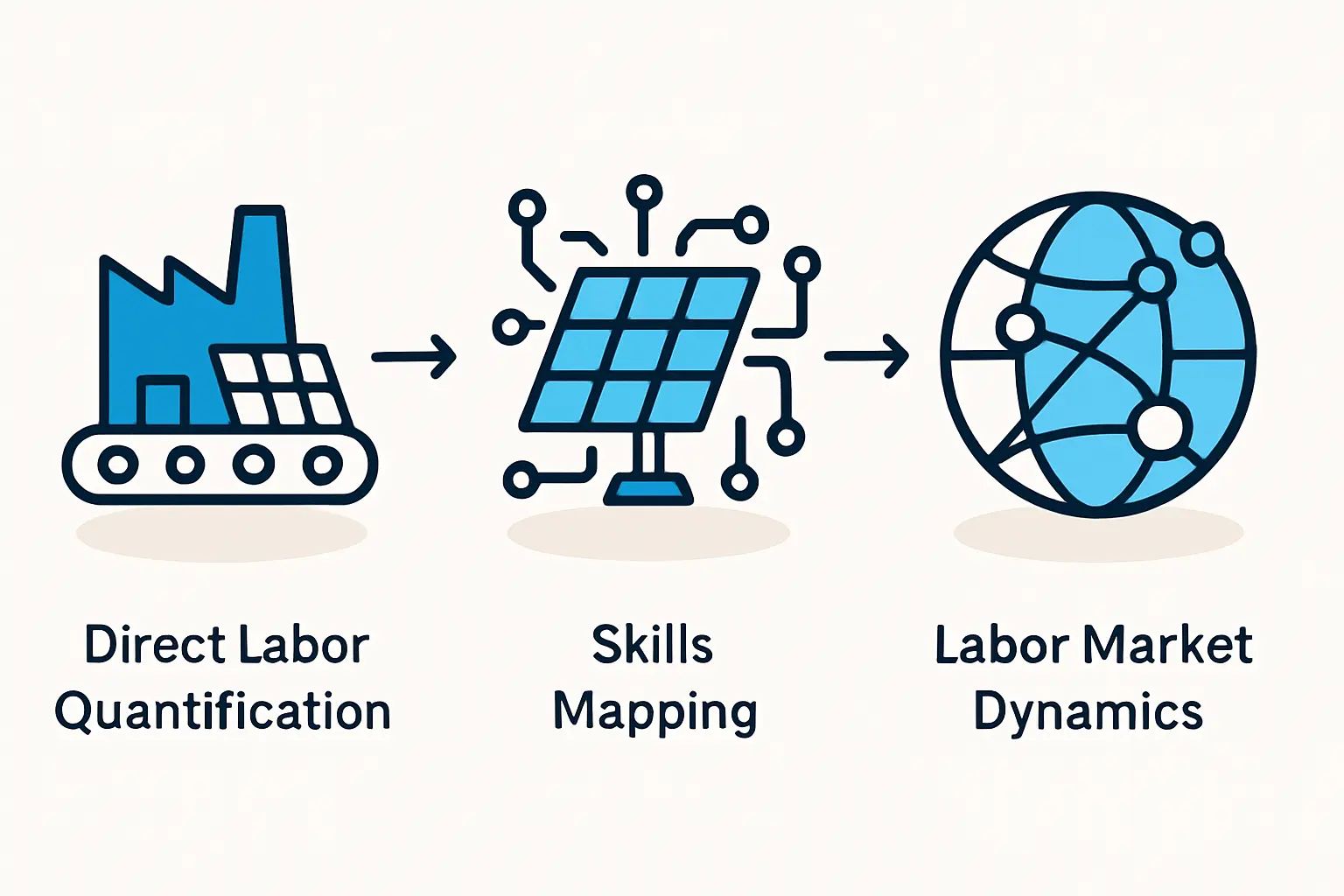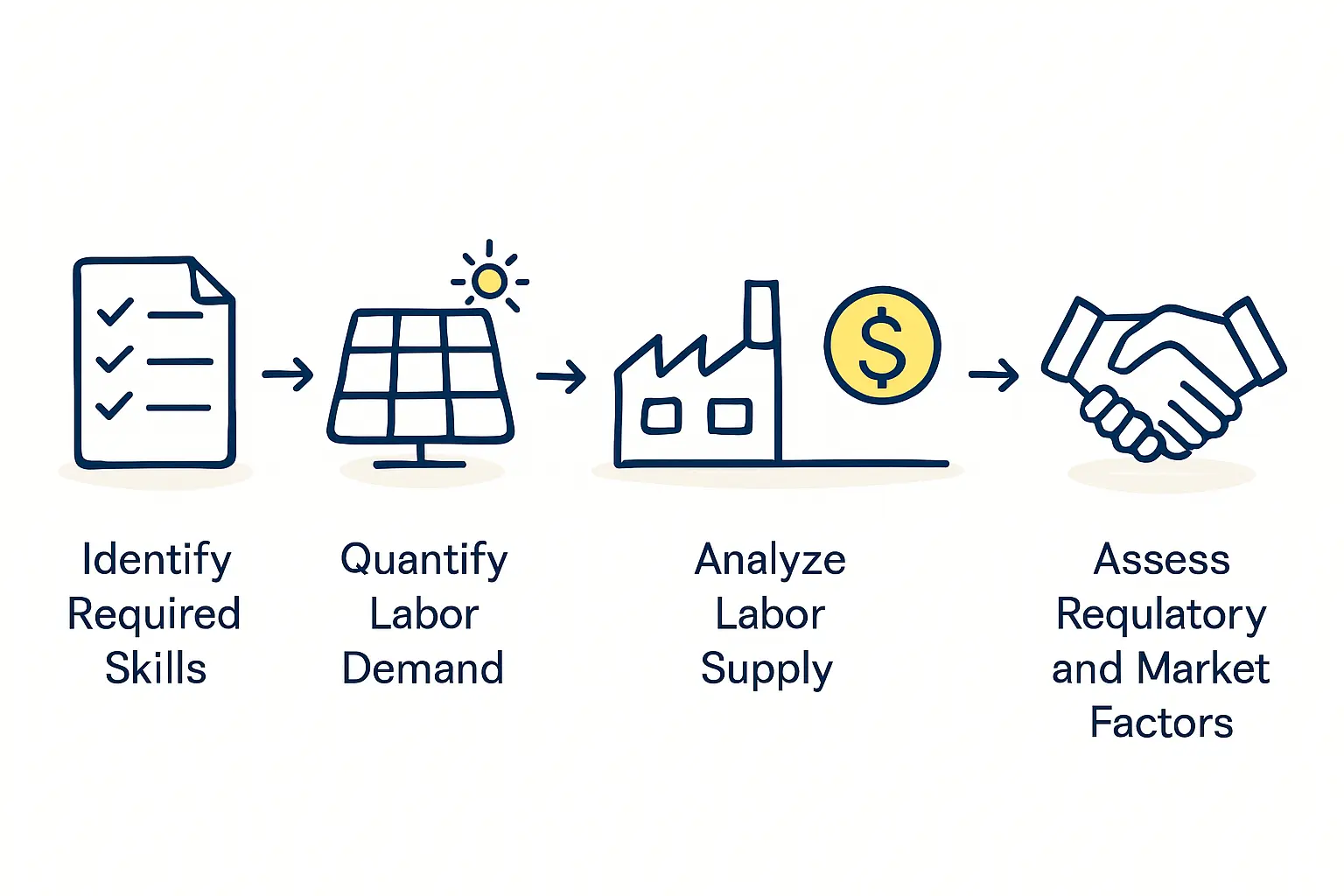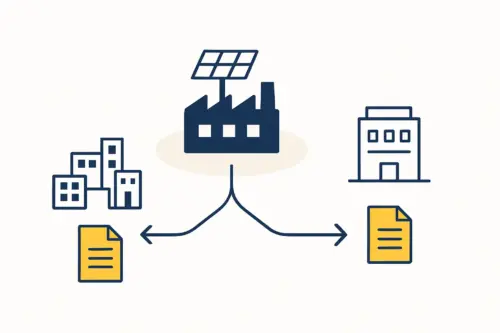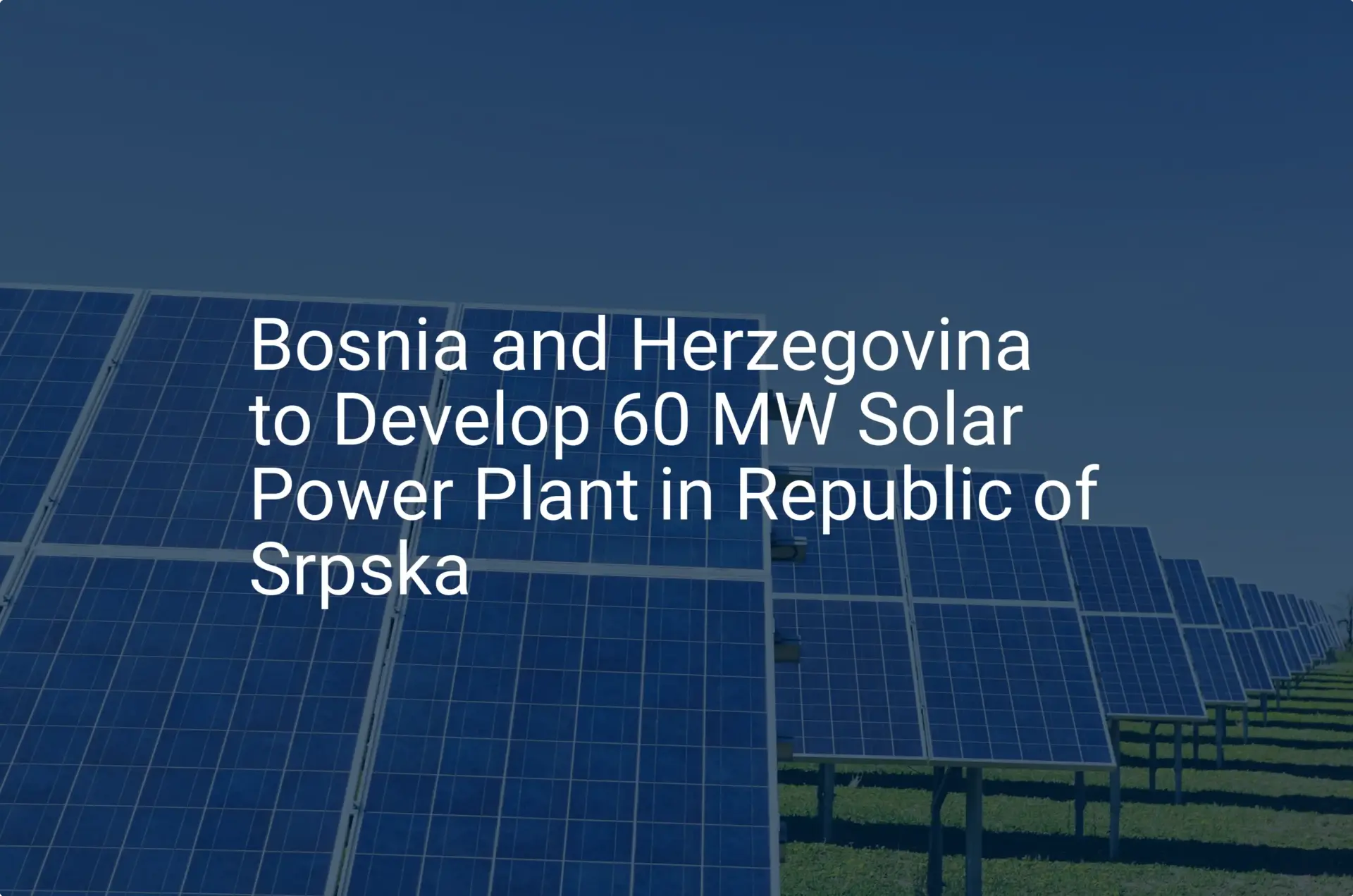Many entrepreneurs entering the solar manufacturing sector focus intently on capital-intensive elements: the machinery, the building, and the raw materials. While these elements are critical, this focus can overshadow an equally decisive factor for long-term success—the availability and cost of a skilled technical workforce. An investment plan may look perfect on paper, but without the right people on the factory floor, its production targets and quality standards remain purely theoretical.
This analysis delves into the human capital side of starting a solar module factory, taking the industrial hubs of Tuzla and Sarajevo in Bosnia and Herzegovina as a case study. These cities offer valuable insights for investors considering manufacturing setups in regions with a strong industrial heritage but without a pre-existing solar industry.
Table of Contents
Why a Detailed Labor Assessment is Crucial
Before committing capital, a prudent investor must look beyond national unemployment rates and average wage statistics. A successful solar manufacturing operation requires a specific blend of skills, from dexterous machine operators to detail-oriented quality control engineers.
A thorough assessment clarifies several key business questions:
- Financial Planning: What are the realistic, fully-loaded costs of labor? This goes beyond gross salaries to include social contributions, training expenses, and other overheads.
- Operational Readiness: Can a full team be recruited and trained within the project timeline? A shortage of qualified technicians could delay the start of production by months.
- Risk Management: What are the risks of high employee turnover or future wage inflation? Understanding local labor market dynamics helps in creating competitive retention strategies.
- Long-Term Viability: Does the region have a sustainable pipeline of new talent from vocational schools and universities to support future expansion?
Experience from J.v.G. turnkey projects shows that underestimating the time and resources needed for recruitment and training is one of the most common pitfalls for new market entrants.
The Labor Hierarchy in Solar Module Production
A typical semi-automated solar module production line, with a capacity of around 50-100 MW per year, relies on a lean but skilled team. The roles can be categorized into three main tiers:
Production Operators
These individuals form the backbone of daily operations. Their responsibilities include loading materials, monitoring automated machines like stringers and laminators, and conducting initial visual inspections. The ideal candidate has good manual dexterity and a strong focus on procedural discipline.
Technicians and Skilled Workers
This group includes maintenance technicians (mechanical and electrical), quality control inspectors, and line supervisors. They need a deeper technical understanding to troubleshoot machinery, perform calibrations, and ensure every module meets stringent quality standards. A background in industrial maintenance or electronics is highly transferable to these roles.
Engineers and Management
Engineers (process, electrical, or industrial) oversee the entire production process, optimizing efficiency and managing quality assurance systems. The plant manager and production manager need both technical competence and strong leadership skills to guide the team. For initial planning, a more detailed breakdown of specific roles and responsibilities in a solar factory can be invaluable.
A Closer Look at Bosnia and Herzegovina’s Industrial Hubs
Cities like Tuzla and Sarajevo are interesting case studies because they represent a common scenario in many emerging markets. They have a rich history in traditional manufacturing—such as metallurgy, chemicals, and automotive components—that has created a deep pool of industrial skills, even if direct solar experience is absent.
Ready to make big Profits?
The solar Industry is Booming
WE HELP NEWCOMERS to the solar industry start their own solar module production line. Customers can make BIG PROFITS by selling modules and finding investors, without wasting money and time on things they don't need!
The Industrial Legacy and Skill Transferability
This industrial heritage means that a significant portion of the workforce is familiar with factory environments, safety protocols, and the principles of mass production. This “industrial DNA” is a considerable advantage. Skills acquired in other manufacturing sectors are often directly transferable:
- An electrician from an automotive plant can quickly learn to maintain the wiring of a solar laminator.
- A machine operator from a textile factory understands the importance of process flow and material handling.
- A quality inspector from a metal fabrication shop already has the meticulous attention to detail required for solar cell inspection.
This foundation of transferable skills dramatically reduces the learning curve and shortens the time required to bring a new factory to full operational capacity.

Skill Availability: What Regional Data Indicates
Analysis of the labor markets in the Tuzla and Sarajevo cantons points to a promising supply of technical talent.
- Vocational Graduates: Local secondary technical and vocational schools consistently produce graduates with foundational skills in mechanics, electrical engineering, and machine operation. These individuals are prime candidates for operator-level positions.
- Experienced Technicians: Thanks to the long-standing industrial base, there is an available pool of experienced technicians aged 30-50 with valuable hands-on experience in troubleshooting and maintaining complex industrial machinery.
- University-Level Engineers: Universities in both cities have strong engineering faculties. Graduates in electrical and mechanical engineering are a key source of talent for process management and senior technical roles. While they may require specific training in photovoltaic technology, their core engineering principles are sound. A structured e-course, such as the one offered by pvknowhow.com, can effectively bridge this knowledge gap.

Wage Expectations and Total Labor Costs
Accurate wage projections are essential for any business plan. Based on 2023-2024 regional economic data, the estimated monthly gross salary ranges in these industrial zones are as follows:
- Production Operator: €650 – €850
- Maintenance Technician / QC Inspector: €900 – €1,300
- Production Engineer (Junior to Mid-level): €1,200 – €1,800
- Plant / Production Manager: €2,000 – €3,500+
Note that these figures represent gross salary. To calculate the total cost of employment, investors must factor in social security contributions, health insurance, and other mandatory benefits, which can add approximately 40-50% to the gross salary in this region. For accurate financial modeling, a detailed investment and cost analysis for a solar factory must include these fully-loaded labor figures.
Strategic Considerations for Investors
Simply identifying an available labor pool is not enough. The next step is to build a strategy to attract, train, and retain the best talent.
The “Trainability” Factor is Key
In new markets where direct solar experience is rare, investors should prioritize a candidate’s “trainability” and core technical aptitude. A structured, hands-on training program is a non-negotiable part of any factory launch. This program, often delivered by equipment suppliers and experienced consultants like J.v.G. Technology, typically covers:
- Machine-specific operation and maintenance
- Photovoltaic quality standards (e.g., IEC 61215)
- On-site safety protocols
- Process flow and efficiency principles
Mitigating Risks: Labor Stability and Talent Retention
A common concern in the Balkan region is the emigration of skilled labor to Western Europe. To counter this, a modern solar manufacturing facility can position itself as a highly attractive local employer. Key retention strategies include:
- Offer competitive compensation by aiming for the upper quartile of the local industrial wage scale.
- Invest in a modern work environment. A clean, safe, and well-organized factory is a significant differentiator from older, traditional industries.
- Provide clear career progression, demonstrating opportunities for technicians to become supervisors or for engineers to take on more senior roles.
- Build a strong company culture that fosters a sense of pride and purpose in manufacturing a high-tech, sustainable product.

FAQ: Common Questions About Staffing a Solar Factory
Q: How many employees does a 50 MW solar factory typically require per shift?
A: A semi-automated 50 MW line generally requires 20 to 25 people per shift for direct production and quality control, plus additional staff for maintenance, logistics, and administration.
Q: Is prior experience in the solar industry mandatory for operators and technicians?
A: No, it is not mandatory. For operators, a background in any manufacturing environment is sufficient. For technicians, experience with industrial electrical or mechanical systems is highly valuable and easily adaptable. The key is a structured training program that bridges any specific knowledge gaps.
Q: What are the “hidden” costs of labor beyond salary and social contributions?
A: Investors should budget for recruitment costs, initial and ongoing training, workwear and personal protective equipment (PPE), and potential productivity losses during the initial ramp-up phase.
Q: How long does it take to train a new production team from scratch?
A: A well-structured training program can get a new team to a baseline level of operational competence within four to six weeks. Reaching peak efficiency and quality consistency typically takes three to six months of hands-on experience.
From Assessment to Action Plan
A detailed analysis of the local labor pool is a cornerstone of a sound business plan for a solar module factory. In industrial regions like Tuzla and Sarajevo, the lack of a pre-existing solar industry is not a barrier but an opportunity. The deep reservoir of transferable industrial skills, combined with a competitive wage structure, presents a compelling case for investment.
The critical success factor lies in translating this potential into reality through a strategic approach to recruitment, a robust training regimen, and a forward-thinking retention policy. By treating human capital with the same diligence as mechanical capital, an entrepreneur can build not just a factory, but a sustainable and competitive manufacturing operation for years to come.






